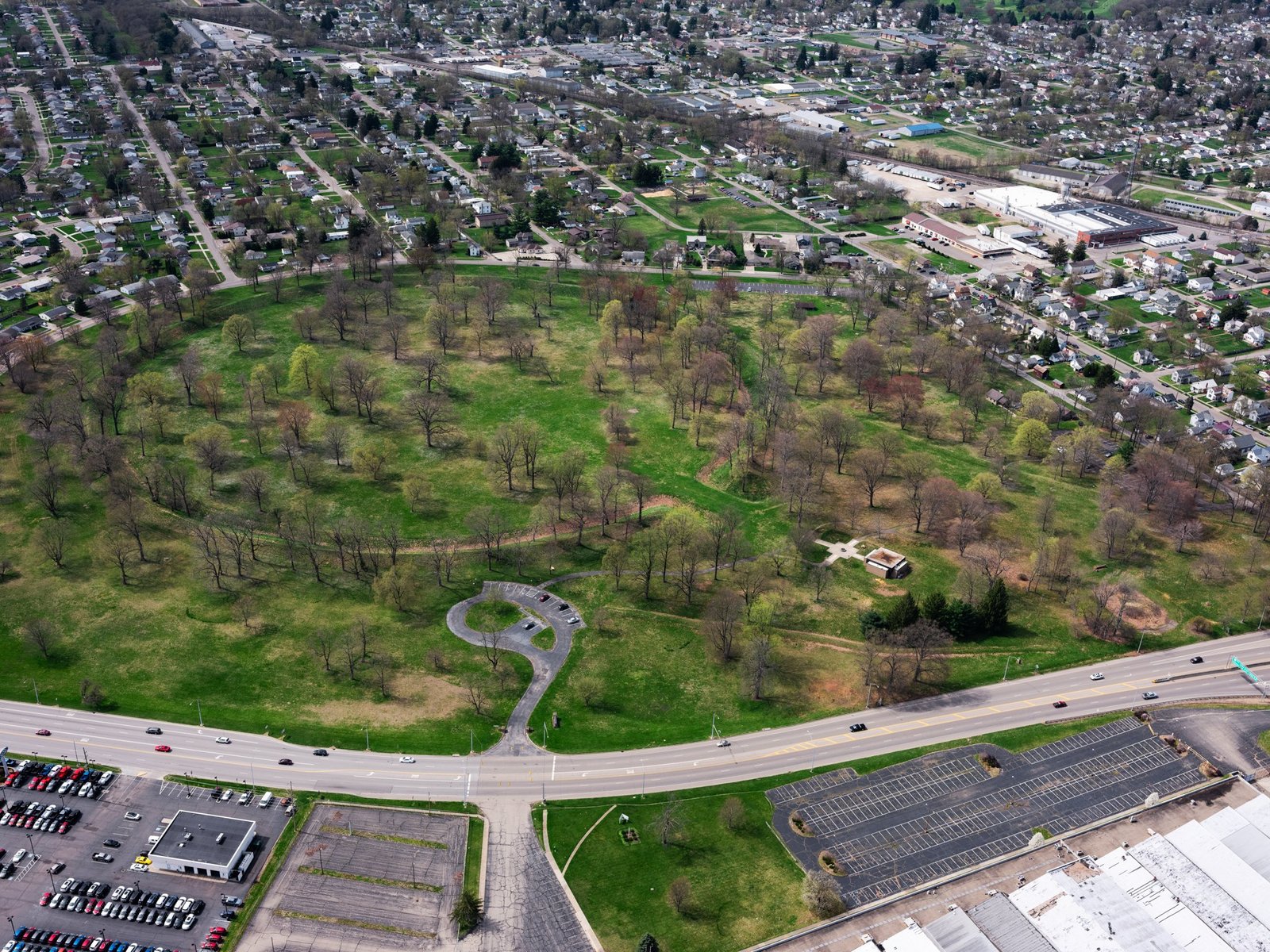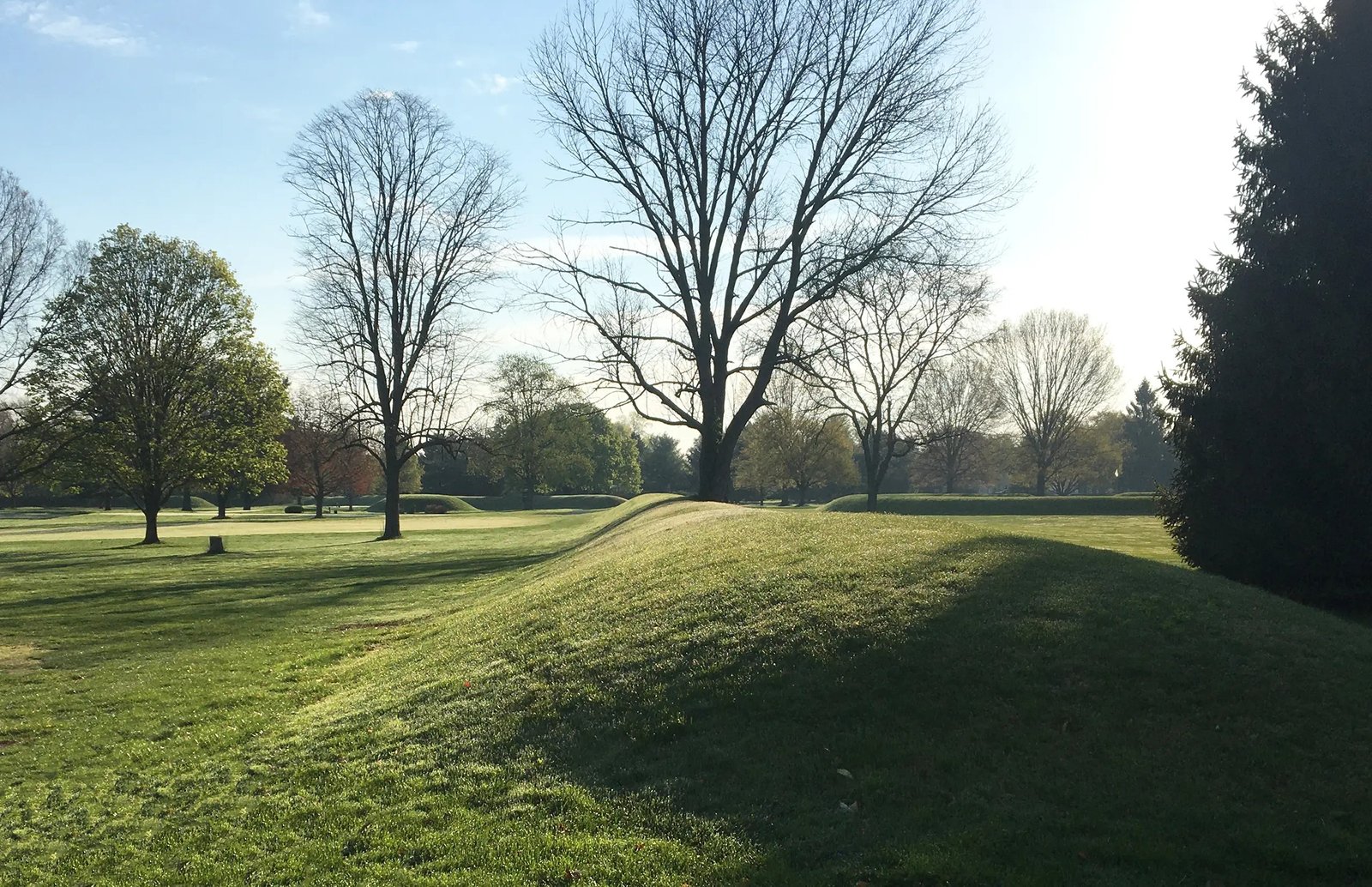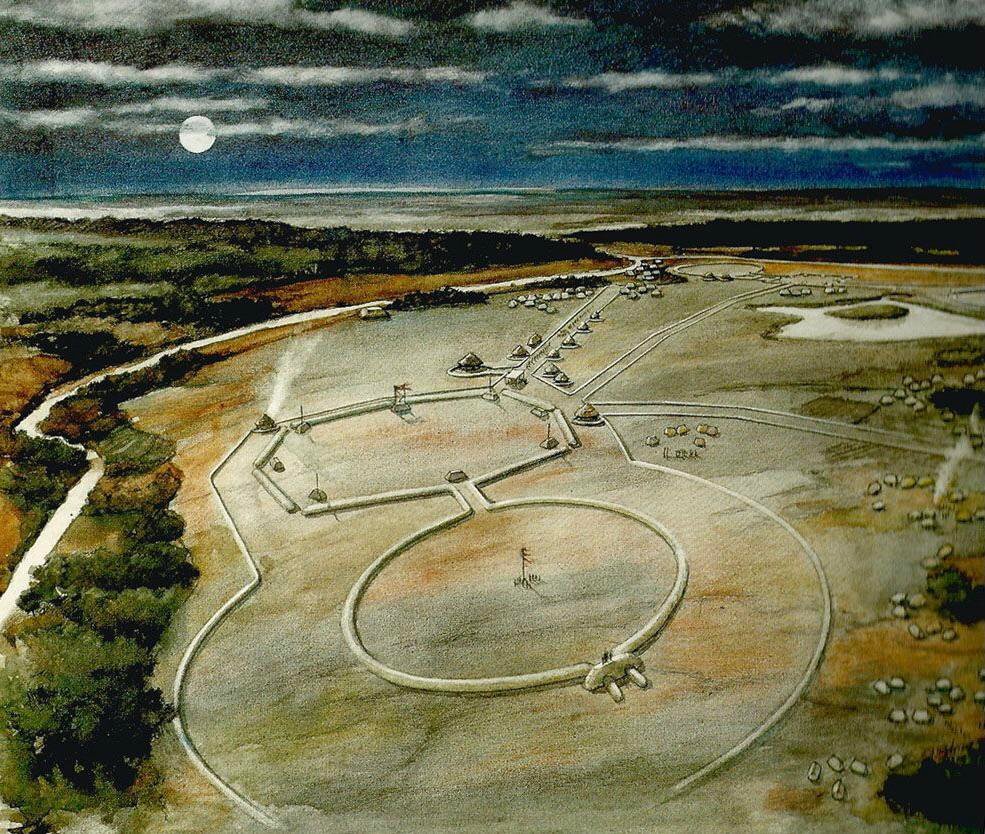The Hopewell Ceremonial Earthworks are among North America’s most significant archaeological wonders, built between 100 BCE and 400 CE by Indigenous peoples in what is now Ohio. These monumental earthworks—massive geometric enclosures, mounds, and ceremonial centers—stretch across the landscape, inviting us to ponder their purpose and the people who created them.
The Builders and Their Vision
The Hopewell culture was not a single tribe, but a network of communities linked by shared rituals and beliefs. Their earthworks, some over 1,000 feet across, were constructed with astonishing precision, using only simple tools and communal labor. The geometric forms—circles, squares, and octagons—were laid out with mathematical accuracy and aligned to celestial events.
A Sacred Gathering Place
Archaeological evidence suggests the earthworks were ceremonial centers, not villages or fortresses. People traveled from hundreds of miles away to participate in rituals, trade, and feasts. Artifacts found at the sites—such as copper, mica, and obsidian—came from distant regions, revealing a vast network of exchange.
Why They Matter Today
The Hopewell earthworks stand as a testament to the ingenuity and spiritual vision of their builders. In 2023, they were inscribed as a UNESCO World Heritage Site, recognizing their global significance. These sites invite us to reflect on the deep history of North America and the enduring legacies of its first peoples.
Learn more:
- Hopewell Ceremonial Earthworks (UNESCO)
- Hopewell Culture National Historical Park (NPS)
- Ohio History Connection: Hopewell Earthworks





